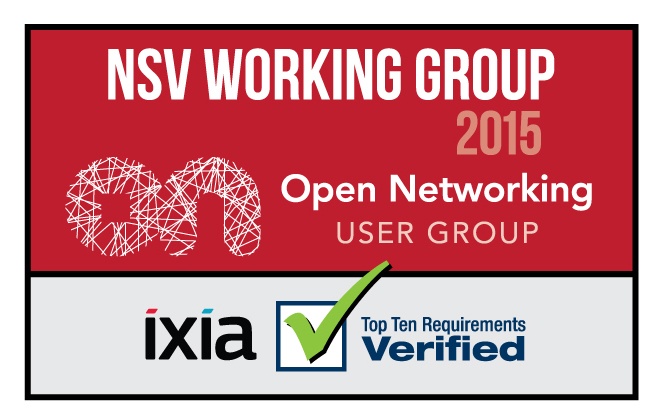INTRODUCTION:
There are tests and then there are TESTs. The common variety ones are mundane such as the dreaded math pop quiz or perhaps passing the smog test on your car. Required but not terribly important and certainly not something to look forward to. TESTs tend to be life-changing, profound and often seminal, portending greater things to come. Getting a driver’s license as a 16-year-old is an example, as it’s an important rite of passage toward adulthood. Passing the bar is another, as it could be a gateway to fame and fortune if you happen to practice the right kind of law.
Recently, Avi Networks successfully passed a test that I’d classify as an all-cap variety. The organizers of the test, the Open Networking User Group (ONUG), called it “groundbreaking” as the “completion of the tests signals the first time commercial open networking solutions have been tested against requirements outlined by the ONUG working groups”. There were actually three different tests that ONUG held, namely virtual networks/overlays, software-defined wide area network (SD-WAN), and network services virtualization (NSV). We participated in the NSV test along with Avni Networks, NEC and Versa Networks who all had to put our respective solutions against a set of 10 grueling requirements successfully in order to merit a passing grade. I’m happy to report that Avi and our solution nailed them all.

But let me back up a bit and better explain a couple of reasons why passing this test was so important for us. One reason is the direct relevance of who we are as a company to the category itself that ONUG defines thusly:
Layer 4-7 virtualization or Network Service Virtualization (NSV) is the enterprise version of Network Function Virtualization (NFV). NSV seeks to virtualize network services such as firewalls, load balancing, IPS etc by creating an instance of the network service for each application versus virtualizing a network service once for all applications. NSV hopes to present significant capex and opex relief from hardware appliances, an efficient way of applying network services to applications without chaining or tagging packets and rapid on-demand application deployment. But there are NSV challenges such as license complications (instance vs virtualized based) as elasticity breaks the current appliance license model. In this session an NSV update is presented along with its challenges of pricing/licensing, maturity and operational model.
There’s actually even a more important context; however, that can be found in the associated white paper from the NSV working group that aptly defined the customer problem that this technology was designed to solve:
One of the leading complaints from ONUG IT leaders is the cost and complexity of managing a huge number of Layer 4-7 network appliances from different vendors with different management tools…Each of these appliances is optimized to scale vertically to provide a specific service, but they are typically provided by different suppliers, each with a unique way of provisioning, managing and operating. The result is largely a complex stack of high-priced, proprietary appliances (boxes), which are ill adapted to the rapid pace of business application changes and innovation in the data center.
This problem statement might as well have come directly from us as it was a fundamental rationale and the market opportunity behind forming Avi Networks in the first place. The reason why this issue is coming to a head right now is because enterprises are increasingly unwilling to suffer through these types of legacy burdens and restrictions. Instead, they’re demanding and implementing ways to integrate public, private, and hybrid cloud architectures and enabling a whole new end-user experience that’s analytics-rich and mobile-first. That is, enterprises are looking to mimic the end-user experience and functionality that hyperscale web 2.0 companies (Amazon, Google, Netflix) can now offer their customers. Our CEO and co-founder, Umesh Mahajan, has spoken and written about this enterprise trend in various forums including this “CEO Corner” Q&A with ONUG.
That’s why passing this test with flying colors was so important to us. It validated that our solution is production-ready for not some bleeding-edge architecture or “next-gen” paradigm but, instead, for the day-to-day requirements of hundreds of thousands of enterprises looking to modernize their IT practices. That represents real market opportunity for a company with the moxie and the smarts to challenge convention and show customers a better way. Ultimately, we hope this is the test that Avi passes. We have all expectations to do so. Meanwhile, we look forward to comparing notes and trading war stories with our fellow attendees at ONUG 15 this week in New York.

